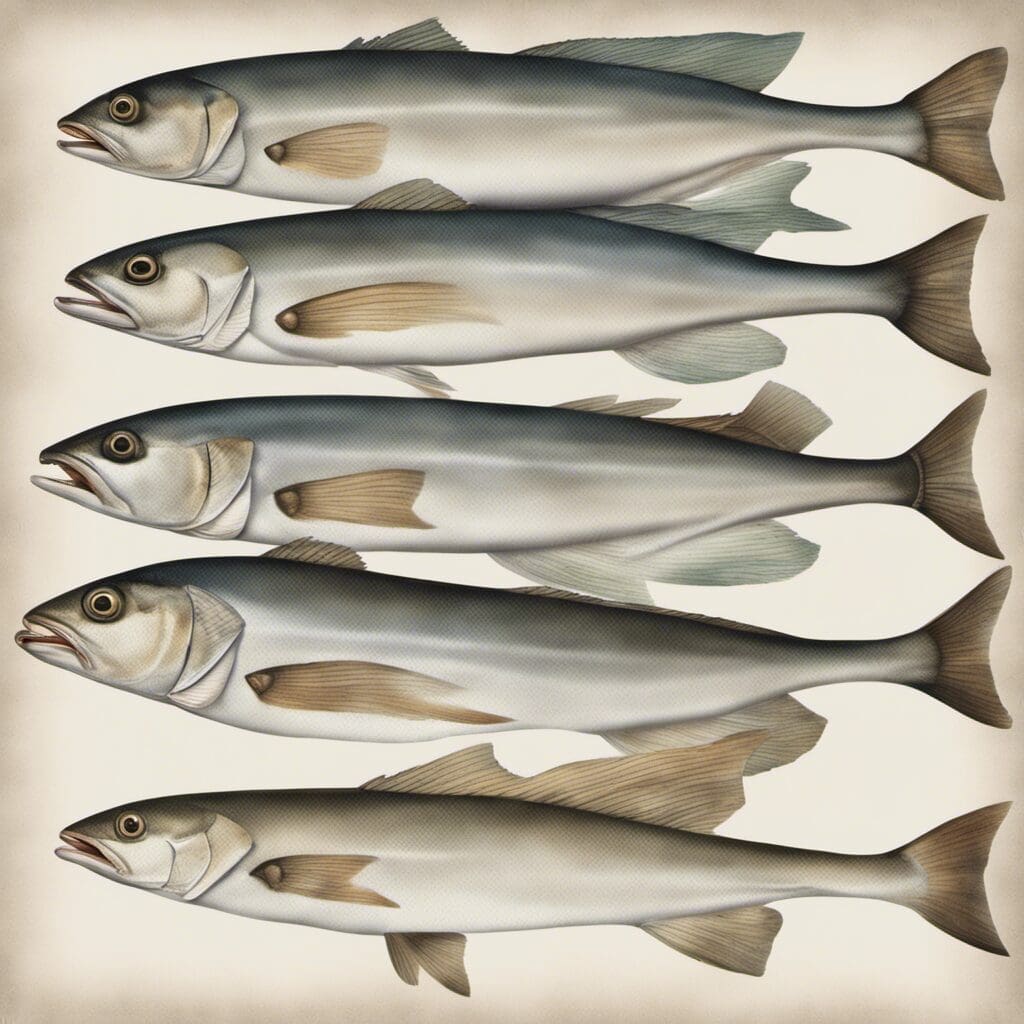Introduction
The Great Northern Tilefish (Lopholatilus chamaeleonticeps) is a vibrant and noteworthy species of the Malacanthidae family.
Conservation Status
The conservation status of the Great Northern Tilefish is currently “Least Concern” according to the International Union for Conservation of Nature (IUCN) Red List. However, this species is managed under the U.S. Tilefish Fishery Management Plan which provides certain conservation efforts like catch limits and gear restrictions.
Statistics
| Statistic | Average | Range |
|---|---|---|
| Length | 32 inches | 20 – 44 inches |
| Weight | 20 pounds | 10 – 50 pounds |
| Lifespan | 35 – 40 years | N/A |
Distribution
Great Northern Tilefish are widely distributed along the Atlantic coast of North America, stretching from Nova Scotia to the Gulf of Mexico. They are migratory, moving from deep, cold waters in the winter to warmer, shallow waters in the summer.
Habitats
You can typically find these fish in sandy, mud-bottom areas of the ocean at depths ranging from 250 to 1500 feet. They prefer temperatures between 8 to 12 °C.
When and Where to See
Great Northern Tilefish are most abundant in the summer months. They are diurnal, meaning they’re active during daylight hours.
Best Fishing Locations
Some of the top places you can find Great Northern Tilefish include:
- Chesapeake Bay, USA
- Long Island Sound, USA
- Georges Bank, USA
- Gulf of Maine, USA
- Nova Scotia, Canada
Look for areas with a fine sandy or muddy bottom. They often dwell in burrows and can be located by the mounds of debris outside their homes.
How to Catch
The best bait options include squid, crustaceans, and small fish. Deep sea bottom fishing is a popular method for catching Great Northern Tilefish, using heavy weights to ensure your bait reaches the desired depth. They’re mainly caught in the warmer months.
Identification Guide
Great Northern Tilefish have elongated bodies with large, round heads and mouths full of sharp teeth. They possess a vibrant blue-green to iridescent purple color with spots of yellow and gold, making them easy to identify.
Culinary
Tilefish have a delicate, sweet flavor similar to lobster or crab. It’s a good source of protein and omega-3 fatty acids. They’re often roasted, grilled or pan-seared. A popular recipe is honey-glazed tilefish.
Additional Information
Great Northern Tilefish are bottom-feeders, with a diet rich in mollusks and crustaceans. Natural predators include sharks and larger fish. The main human-induced threats are overfishing and habitat destruction. They don’t have any significant historical or cultural associations.
References and Further Reading
For more information on the Great Northern Tilefish, check out these resources:
- FishWatch: Northern Tilefish
- FishBase: Lopholatilus chamaeleonticeps
- IUCN Red List: Lopholatilus chamaeleonticeps

